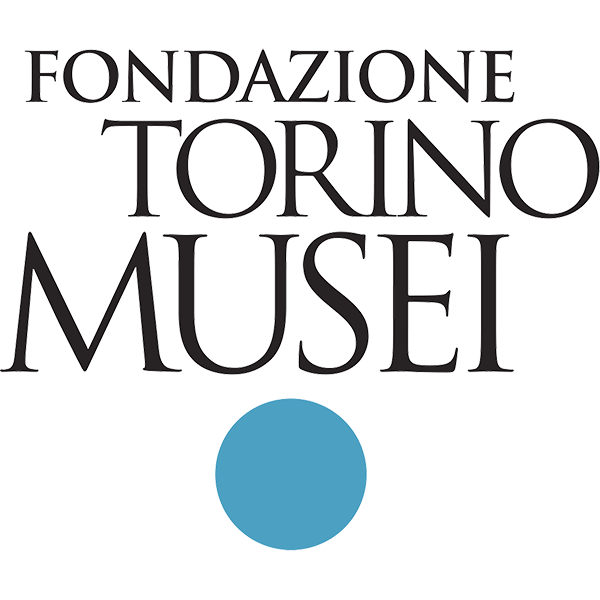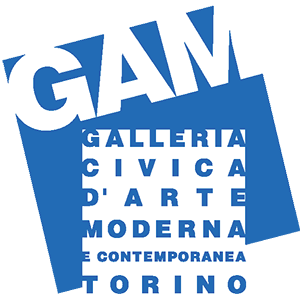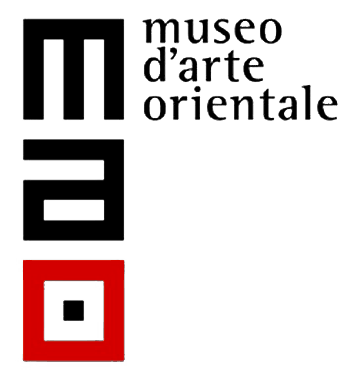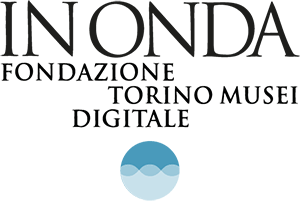WORDS AND STARS. Grazia Toderi e Orhan Pamuk
- Exhibition
- 4 November 2016 - 29 March 2017

Grazia Toderi and Orhan Pamuk
Words and Stars
A poetic collaboration between a visual artist and a writer.
A work of art that explores the affinities between childlike metaphysical questions and the joy of looking at the stars.
Palazzo Madama – Turin, 4 November 2016 - 16 January 2017 | opening: Friday 4 November, 5 – 7 p.m.
Infini.to – Planetario di Torino – Pino Torinese, 5-6 November 2016 | projections at 6.30 – 7 – 7.30 p.m.
Mart, Museo d’Arte Moderna e Contemporanea di Trento e Rovereto - Rovereto, 2 April 2017 - 2 July 2017 | opening to the public: 2 April, from 10 a.m.
The project started in 2013, when the Turkish writer Orhan Pamuk decided to invite the Italian artist Grazia Toderi to work together on a work of art for the Museum of Innocence, which he had set up in Istanbul. Three years of work, conversations, meetings and intense correspondence between the two led to the creation of a trilogy consisting of a “monologue”, a “dialogue” and a “conversation” – in a total of eight videos, to be shown at the Museo d’arte moderna e contemporanea di Trento e Rovereto (Mart) in April 2017. Subsequent to an invitation from Infini.to – Planetarium of Turin, the modern Science Centre in the hills just a few kilometres from Turin, a work has been specially created for the interior of the Planetarium dome. This will be shown on 5 and 6 November 2016, and a small but exquisite installation will be on display from 4 November 2016 to 16 January 2017 at the Museo d’Arte Antica in Palazzo Madama, Turin. In Words and Stars, the words of Orhan Pamuk take up and expand the plot of The Museum of Innocence, the novel written by the Turkish writer in 2008, after which came the creation of the museum itself in Istanbul in 2012. The two main characters, who live through a thwarted love story, become children once again and ask themselves existential questions about the universe: can our thoughts be compared with distant moving stars? Is there some visual connection between the landscapes of our minds and the sky above our cities? These questions form the starting point for the joint venture between the visual artist and the writer, which takes shape in the trilogy, in which the "monologue" turns into a "dialogue" and into a "conversation", transforming a personal experience into a universal one.
Inside the Planetarium, Words and Stars appears in the form of a 360-degrees video projection on a hemispherical screen. The audience is inside a globe that is at once celestial and terrestrial, though the borderlines are blurred, where Orhan Pamuk’s writings appear and disappear on the night-time background of the city of Istanbul, the lights of which turn into possible constellations in the images created by Grazia Toderi.
At Palazzo Madama, Grazia Toderi and Orhan Pamuk’s work enters into a dialogue with an antique work of art by the cabinetmaker Pietro Piffetti (Turin 1701-1777): a small mid-eighteenth century orrery made of wood and ivory, with moving parts that show orbits of the Sun, the Earth, the Moon and the planets. The orrery is carved in wood and inlaid with ivory figures all around depicting the signs of the zodiac. This type of object was used as a teaching tool for experimental demonstrations with students during astronomy lessons. The term “orrery” comes from the fourth Earl of Orrery, Charles Boyle, who made the first one of this kind in 1704. The one now at the Palazzo Madama in Turin was made by the Piedmontese cabinet-maker on the basis of information he received from the French physicist Jean-Antoine Nollet, who was summoned to Turin for six months in 1739 to hold a physics course for Prince Victor Amadeus, the son of Charles Emmanuel III of Savoy and the future king of Sardinia.
Grazia Toderi and Orhan Pamuk have inserted and closed eight circular and oval images three-dimensionally in a large glass case in Sala del Senato of Palazzo Madama. This is then set off against the little wooden orrery, which is left disassembled, as it was found (it is due to be restored in the future), to emphasise its highly enigmatic nature, just as our vision of the stars remains enigmatic.
Words and Stars is curated by Guido Curto (Director of Palazzo Madama) and Clelia Arnaldi di Balme (Modern Art Curator, Palazzo Madama) for the exhibition at the Planetarium and at the Palazzo Madama in Turin, and by Gianfranco Maraniello for Mart in Rovereto.






